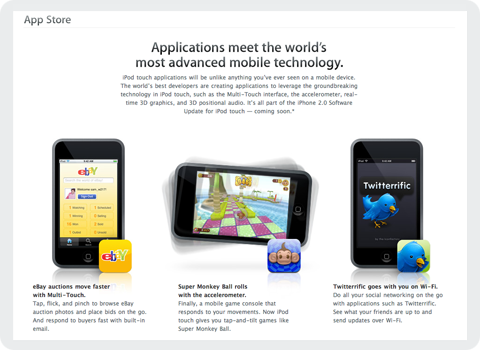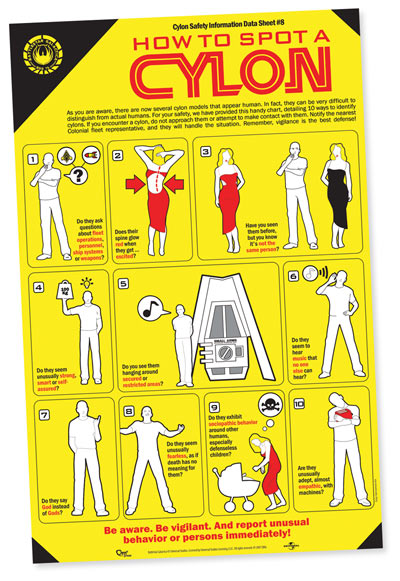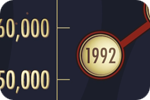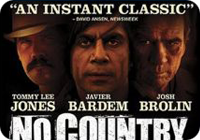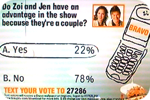 Back in August I wrote that I had test driven a 2006 Honda Fit and was in a holding pattern for the brand new 2009 model to come to Honda dealers before I made my final purchasing decision. Those of you who follow me on Twitter know that I took the plunge in early October and I’m pleased to report that it was the right decision. I’ve now been driving my new car for over a month and have a good handle on how the Fit drives, my likes, dislikes and quirks. The review that follows isn’t an exhaustive play by play, but rather what I’ve come to learn that might help other buyers like myself decide if the Fit is right for them. If you’re in the market for a new fuel efficient vehicle and have been thinking about the 2009 Honda Fit, then read on.
Back in August I wrote that I had test driven a 2006 Honda Fit and was in a holding pattern for the brand new 2009 model to come to Honda dealers before I made my final purchasing decision. Those of you who follow me on Twitter know that I took the plunge in early October and I’m pleased to report that it was the right decision. I’ve now been driving my new car for over a month and have a good handle on how the Fit drives, my likes, dislikes and quirks. The review that follows isn’t an exhaustive play by play, but rather what I’ve come to learn that might help other buyers like myself decide if the Fit is right for them. If you’re in the market for a new fuel efficient vehicle and have been thinking about the 2009 Honda Fit, then read on.
The Good
Having been an owner of three previous Honda CRV’s, I was really worried about how much space I would have in the new Fit. I’m not a small guy and I do feel cramped in my wife’s Civic. But one of the first things you notice is that it is surprisingly roomy. It feels like it’s just big enough for me without having the extra size and weight of an SUV. The magic back seats are much better than my old CRV seats and fold down 100% flush with the storage compartment in the back. I can already tell this will come in handy when loading big items into the cargo area.
Honda’s advertisements for the Fit tout its fuel economy and with good reason. My Fit’s gas tank is a full 3 gallons smaller than my CRV’s, but now I’m getting an average of 31.5 mpg as opposed to 21 before. This means I’m getting roughly the same number of miles out of a full tank as I was with the CRV, but for less fuel and less money. Totally wonderful!
The car is super fun to drive. Unlike my CRV, the Fit takes corners tightly, hugs the road like a semi-real sports car and does an admirable job of shifting both up and down. There are many winding roads around where I live and I’ve rediscovered the joy of driving on them thanks to my new Fit. Other nice things include:
• Daytime running lights for safety
• Real time MPG indicator as you drive
• Two glove boxes instead of just one
• Hidden iPod adapter in the upper glove box
• Audio controls on the steering column
• GPS navigation system shows ATMs, restaurants & more
The Not So Good
I’ve never run across a car that was perfect and the 2009 Honda Fit is no exception. There will always be things that, for one reason or another, you wish were different about the vehicle. Thankfully, I don’t consider any of the items below to be deal breakers from a buyer’s perspective. I do think they are things that Honda should look at improving in future revisions.
My single biggest problem with the 2009 Honda fit is the lack of useable dash space. What exactly is useable dash space you ask? It’s those places where you can put loose change, a pen, maybe a receipt the bank teller just handed you, etc. Because the Fit’s dash features sports style gauges, there is no place above the steering column to throw things. My CRV’s gauges were flat and therefore there was a small “shelf” that I often used for just this purpose. What’s worse, the passenger seat pretends to have such a shelf, but it lacks a rubber foot like the CRV did which renders it useless as objects simply slide right off when you turn a corner.
Honda also touts the fact that the interior of the Fit has no less than 10 cup holders, but this isn’t so much of a feature as it is a waste of space. Even seating 5 people, each person would have to have 2 drinks each to make use of all those cup holders. Note to Honda: I’d rather have utility space rather than so many cup holders in the future, thank you very much.
Being an user interface designer, I can’t help but critique the audio and navigation system too. On the surface the hands-free GPS seems great, but after using it for more than a few minutes, you really start to learn how poorly it is designed. Every single time you turn the ignition on, you’re confronted with a disclaimer screen that you must manually dismiss. Every. Single. Time. If you don’t, the system will default to a giant digital clock. Sure, you can get to the audio controls, but you won’t be able to use the GPS portion unless you hit that damned “Okay” button. Bad Honda, bad! Other things that need improving include:
• Honda’s iPod interface doesn’t see “Podcasts”, only playlists
• Turning off auto-door locking isn’t obvious or easy
• Too many hands-free voice commands to remember
• Cloth materials on doors seems to scuff easily
Conclusions
Overall, I love my new car. I managed to lower my car payments significantly while keeping much of the cargo space of my old CRV. The Fit’s gas mileage is great for a non-hybrid vehicle and has cut way down on my fuel costs. The 2009 Fit is fun to drive, has sleek lines and nice styling. While I would love for the interior to make better use of space, and some of the quirks of the audio / navigation system to be ironed out, I none-the-less can recommend the 2009 Honda Fit whole heartedly for anyone looking to buy one.


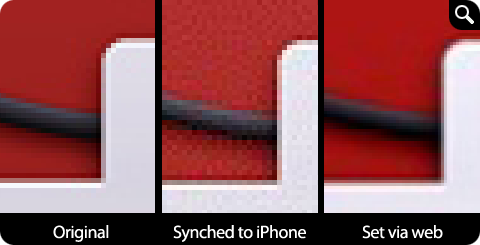
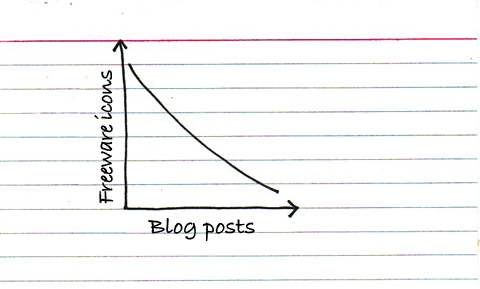






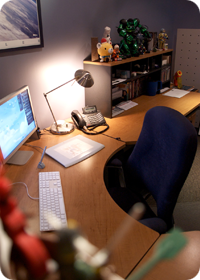
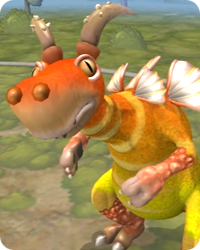 Unless you’ve been living under an online rock, then you probably know about
Unless you’ve been living under an online rock, then you probably know about 
